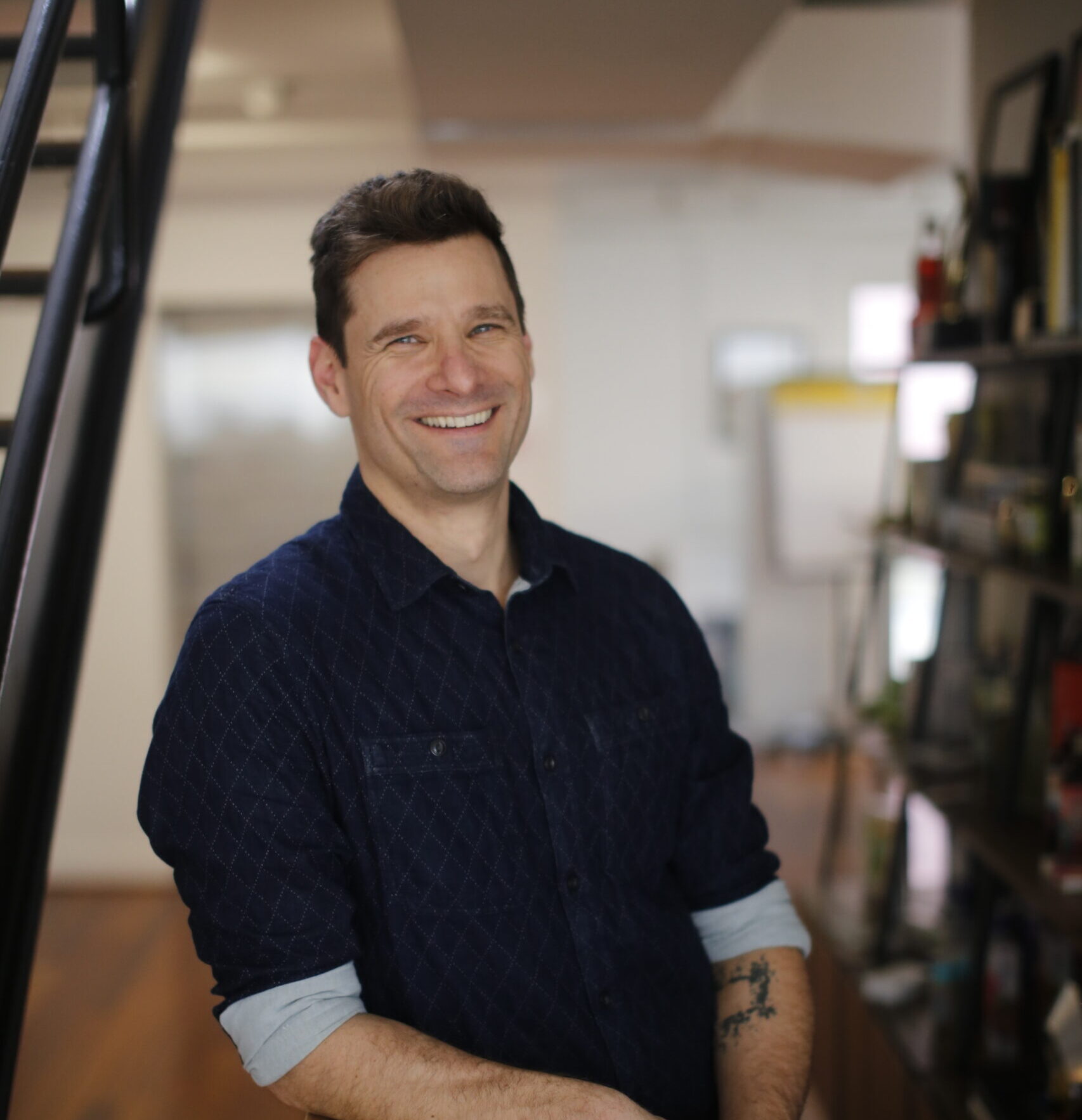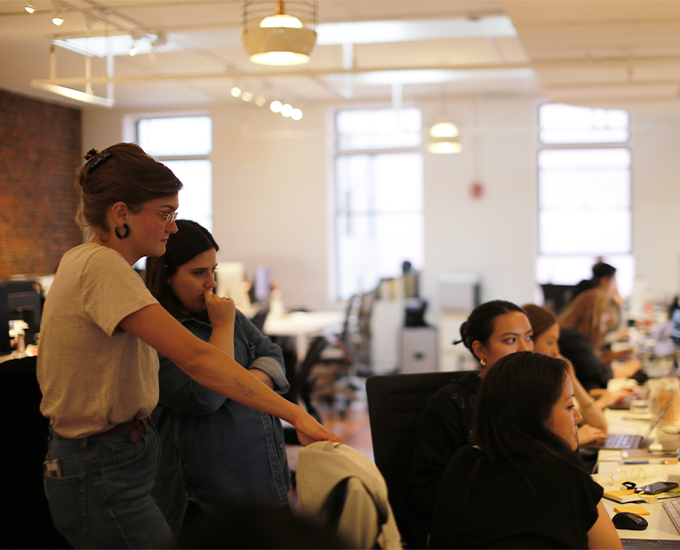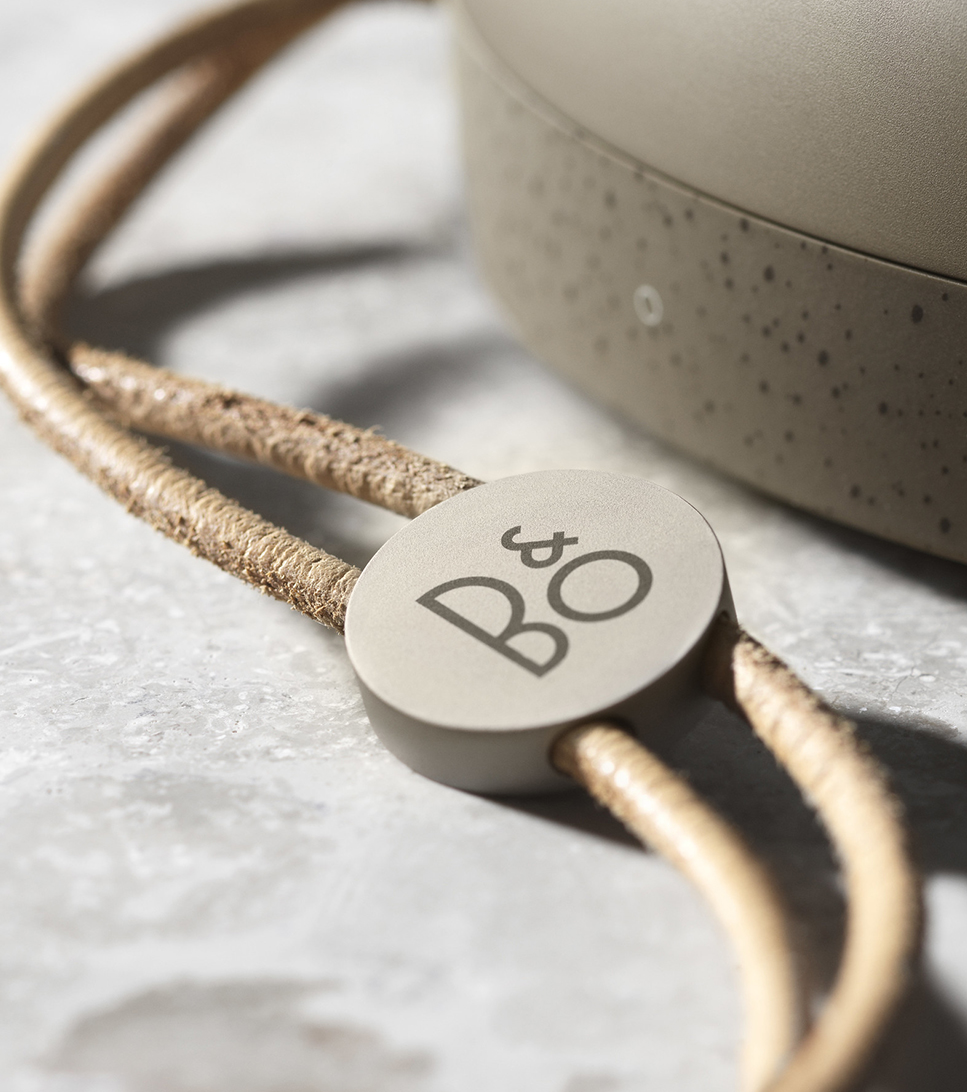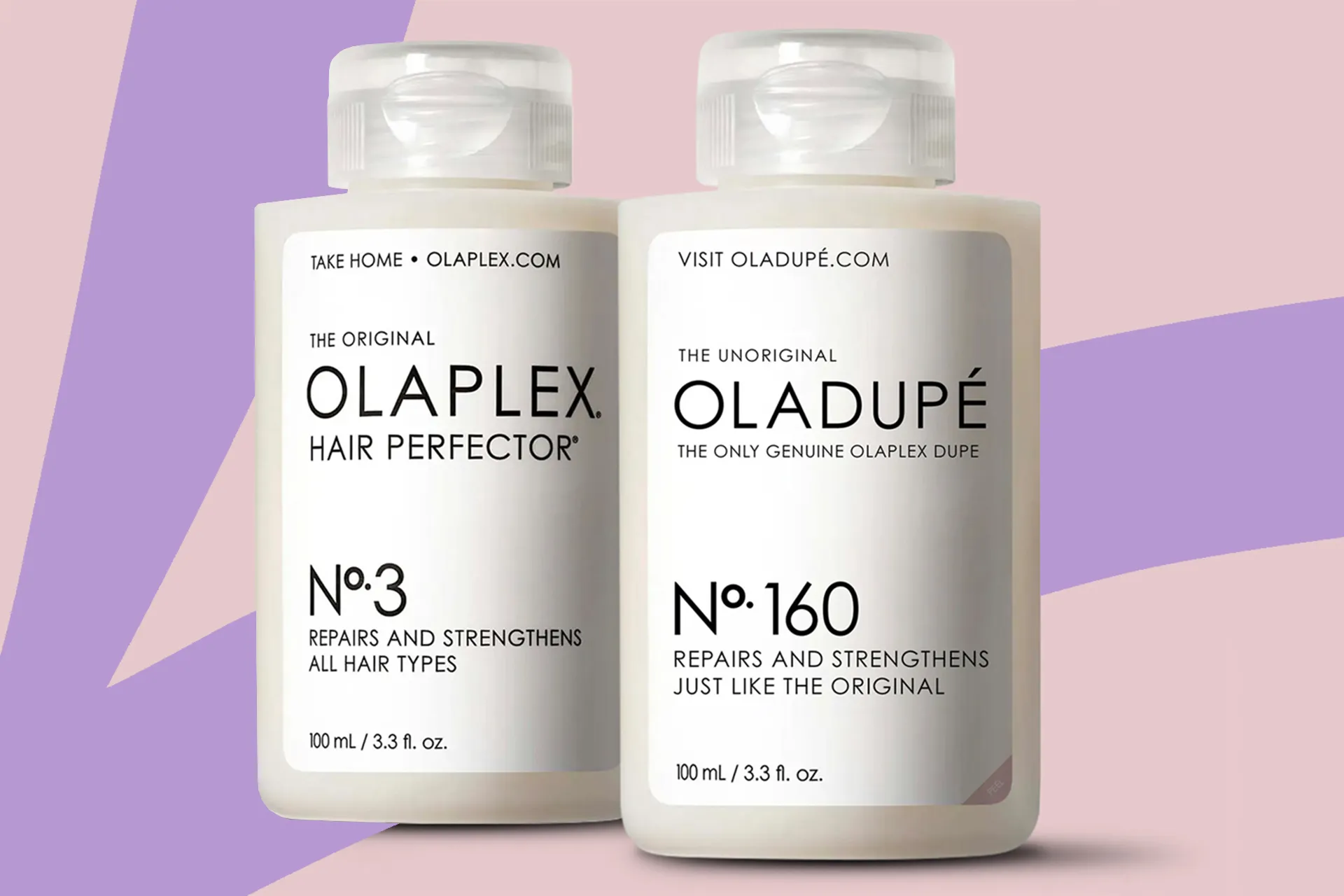This article originally appeared on AdWeek.
We’ve grown accustomed to accepting wildly overdesigned and unnecessary packaging because brands want their products to stand out on the shelf—and, perhaps inspired by politics, because the one who shouts the loudest gets the most attention.
In reality, consumers have shifted their decision-making criteria about product purchases to include more than efficacy and cost. We are now approaching a tipping point in our addiction to plastics in packaging, as more legislators put plastics on the agenda and consumers become more informed about the challenges brought on by plastics.
However, despite learning more about the health impacts of forever chemicals used in the production of plastics and the health threats from microplastics everywhere, consumers still struggle to identify the plethora of plastic polymer types. Waste management systems are fragmented and simply not capable of discerning, separating and collecting all those different plastics, despite niche efforts by startups like Glacier.
I’ve never met anyone who enjoys taking the trash out, so the more packaging waste a product creates, the trashier it’s perceived. The question for brands is whether they want to be ahead of the game or play catch-up.
If you want to relax about legislative changes (like those recently seen in Europe), score big with consumers (especially Gen Z), avoid being at the mercy of global polymer producers and outplay supply chain disruptions (as seen during the pandemic and the recent wars in Ukraine and the Middle East)—then you’ll want to get on board with at least one of these four strategies for weaning your brand off plastics.
Remove
As Ludovic du Plessis, CEO of French vineyard Champagne Telmont, said, “The best packaging is no packaging.” So the first question we should ask ourselves is: Do we really need this?
The gold standard for any product is a formulation that doesn’t need packaging at all. But that might be difficult for big plastic users, such as the food and beverage category. Plastic is light, robust, and can be flexible and transparent; current alternatives (mainly glass and aluminum) are heavy, opaque, rigid or brittle.
Instead, consider if you really need bottles to sell drinks. Cirkul is a brand that ran with the deceptively simple idea of powdered drinks: Every person with access to clean drinking water just needs the ingredients that turn that water into an instant drink, such as hot chocolate, coffee or even beer. The ingredients can be pulverized and packed in space-efficient sachets, which can be paper- or seaweed-based, with no need for plastic at all. All the consumer has to do is combine and shake.
But it doesn’t always take a fully fledged product innovation to remove plastics from the equation. Barilla realized that fully recyclable packaging is more important than its iconic plastic window to see the product.
This strategy might be more difficult for fresh produce, where the visual cues of the product quality (ripeness, freshness) are paramount for the consumer’s purchase decision. But it has been done—with Dutch brand Eosta‘s plastic-free fruit punnets. Such plastic-free solutions tend to be made from a single material type, so it’s abundantly clear which recycling bin they need to go in after use.
Replace
If we can’t remove plastic, we should try to replace it with a better alternative. This doesn’t mean going straight to glass or aluminum—just be careful not to fall into the “blended materials” trap. Mixing the good stuff (PHA) with the bad stuff (yes, even PLA is problematic) isn’t going to make the bad stuff any more good. And consumers won’t appreciate being played for fools.
What people do appreciate is convenience. Brands should select their plastic replacement materials carefully so that consumers aren’t forced to change their behaviors. PlasticFree offers a vast selection of challenger materials that are eponymous to the platform and equally as functional as the incumbent plastic. In most cases, they come with a significant environmental benefit.
For example, Totality Perfect has developed a plant fiber-based alternative to plastic that’s reusable for up to 12 months but can also be home-composted to fully disappear within 200 days—guaranteed no microplastics. It’s the ultimate convenience for consumers, who can choose to keep it and put it through the dishwasher, use in the microwave, put it on the compost heap or even in the bin, no harm done.
Reduce
If plastic is the only option, can we at least reduce the amount we’re using? Reducing plastic is really about efficiency, and everyone’s already doing it because it’s good for the bottom line. (Coca-Cola has incrementally reduced the weight of their bottles by over 30%.)
But this is not a standout move, and consumers won’t notice the difference as the marginal gains come over a long period of time.
However, there are examples where reducing plastics is very noticeable and can help a brand stand out. Colgate’s infinity-shaped Keep toothbrush handle is one of those examples—a win-win-win for brand distinctiveness, consumer behavior and the planet.
Recycle
This is the absolute minimum for any brand to do across their entire portfolio: Every piece of plastic should be sourced with the highest possible content of PCR, and it must be a polymer type that can be easily recycled. If even a luxury personal care brand like Aesop can reach 88% recycled PET in their iconic bottles, what’s your excuse?
The biggest issue is that recyclable plastic packaging is putting a disproportionate burden on the consumer to figure out whether a particular plastic type (or worse, a mixture of plastics) can be recycled, and where to dispose of it so it reaches the correct waste management stream and actually gets recycled. Most recyclable plastics still end up in landfills, and even using recycled or recyclable plastics perpetuates the environmental and health issues that come with it.
This is particularly problematic in the food and beverage space, where consumers don’t get very involved in the products and much less so in the packaging. In fact, people have a short relationship with pretty much all packaging, so why would anyone expect consumers to inconvenience themselves to solve those complex systemic issues on behalf of the entire supply chain?
This is a problem that’s only going to be solved upstream. It’s up to brands to take the plastics problem off consumers’ hands, which is the ultimate convenience.





